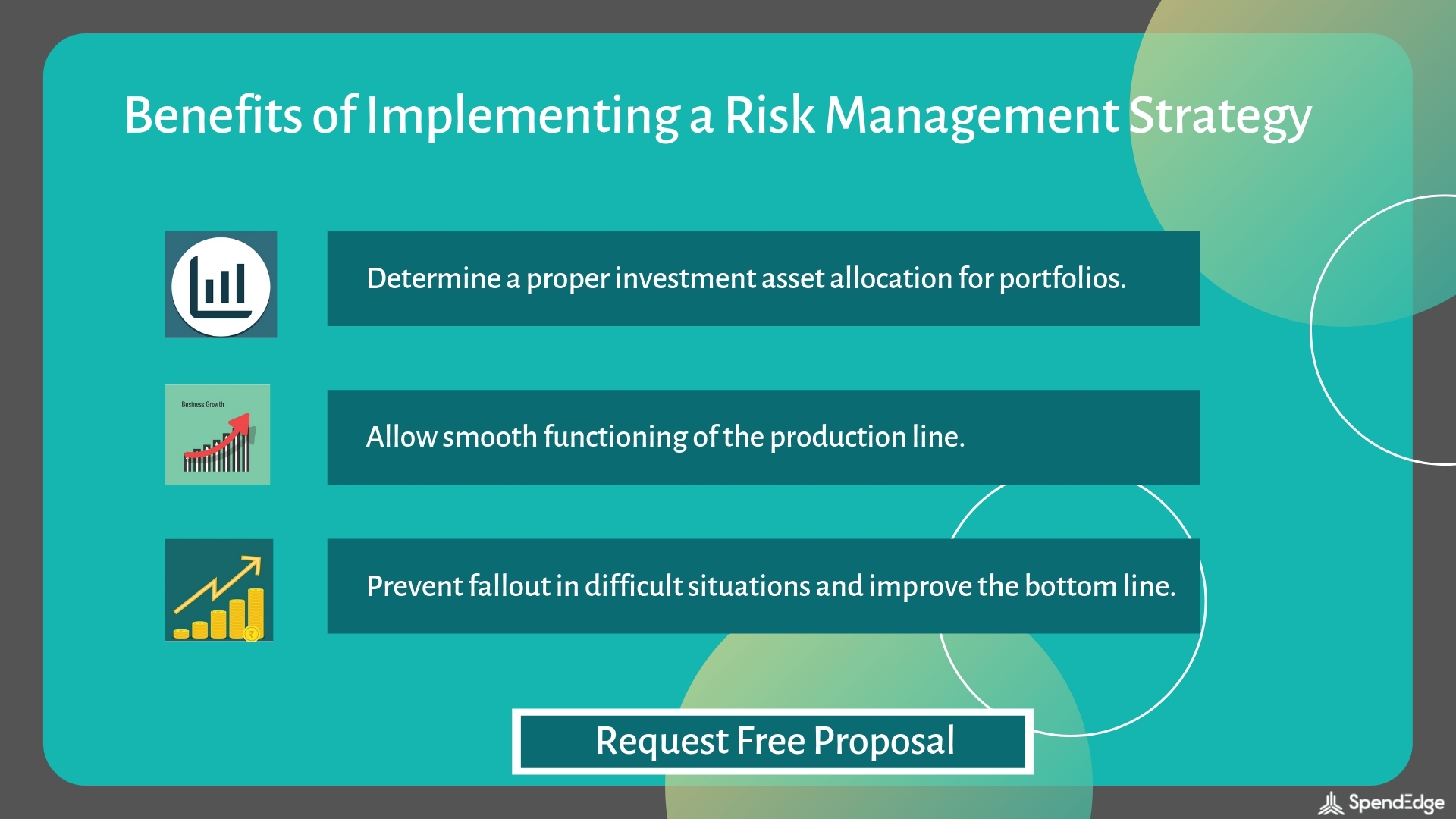The Effect of the Importance of Risk Management on Organizational Governance
The Effect of the Importance of Risk Management on Organizational Governance
Blog Article
Discovering the Importance of Risk Management for Effective Decision-Making Techniques
In the intricate globe of business, Risk Management becomes a vital factor in the decision-making procedure. The capability to identify possible risks and opportunities, and plan appropriately, can spell the distinction between success and failure. With devices such as SWOT and PESTEL, companies are outfitted to make enlightened selections, fostering resilience and flexibility in an ever-changing setting. Wondering how this works? Allow's unpack the dynamics even more.
Understanding the Idea of Risk Management
Risk Management, a crucial component in decision-making, is typically misinterpreted or oversimplified. Risk Management entails regimented and structured methods, utilizing information and informative assessments. From monetary uncertainties, legal liabilities, critical Management errors, to accidents and all-natural catastrophes, it attends to various threats - importance of risk management.
The Function of Risk Management in Decision-Making Processes
In the realm of critical planning and service procedures, Risk Management plays an indispensable role in decision-making processes. It assists in identifying prospective threats and uncertainties that can affect the accomplishment of company purposes. By tracing these dangers, companies can formulate approaches to alleviate their influence, making sure business continuity and stability. Risk Management thus ends up being a vital tool in decision-making, assisting leaders to make educated options based upon an extensive understanding of the dangers entailed. It motivates a proactive strategy, making it possible for companies to expect and prepare for feasible future scenarios. This substantially lowers the possibility of unfavorable effects, promoting a lot more reliable and efficient decision-making methods. Consequently, Risk Management works as an important component in the decision-making processes of any organization.

Just How Risk Management Improves Strategic Preparation
In the context of critical planning, Risk Management plays an essential function. Initiating with the recognition of prospective dangers, it further includes the execution of Risk mitigation actions. The duty of Risk Management is dynamic yet not fixed, as it requires continuous tracking and adjusting of strategies.
Recognizing Possible Threats

Implementing Risk Mitigation
Risk reduction approaches can vary from Risk avoidance, Risk transfer, to run the risk of reduction. Each technique must be customized to the specific Risk, considering its potential impact and the company's Risk tolerance. Reliable Risk mitigation requires a deep understanding of the Risk landscape and the possible impact of each Risk.
Surveillance and Readjusting Approaches
Though Risk mitigation is an essential step in strategic planning, continuous surveillance and adjustment of these strategies is similarly important. It likewise provides a chance to evaluate the success of the Risk Management procedures, enabling modifications to be made where required, further enhancing critical preparation. Tracking and changing Risk Management methods is an important element for improving a company's strength and calculated planning.
Case Researches: Effective Risk Management and Decision-Making
In the globe of company and money, successful Risk Management and decision-making usually serve as the columns of thriving enterprises. These situations highlight the worth moved here of sharp Risk Management in decision-making procedures. These situations highlight the critical duty of Risk Management in tactical decision-making.
Tools and Techniques for Efficient Risk Management
These devices, such as Risk registers and warm maps, help in recognizing browse this site and assessing prospective dangers. Risk feedback techniques, a crucial part of Risk Management, involve accepting, preventing, moving, or mitigating threats. With these tools and techniques, decision-makers can browse the facility landscape of Risk Management, thus assisting in educated and effective decision-making.
Future Trends in Risk Management and Decision-Making Strategies
As we check out the huge landscape of Risk Management, it becomes evident that the methods and tools made use of today will certainly proceed to evolve. The concept of Risk society, where every member of an organization is aware and involved in Risk Management, will gain extra prestige. These trends advertise an even more aggressive and comprehensive strategy towards Risk Management and decision-making.
Verdict

Risk Management therefore ends up being an essential device in decision-making, aiding leaders to make educated selections based on a detailed understanding of the risks included. Risk reduction approaches can vary from Risk avoidance, Risk transfer, to take the chance of reduction (importance of risk management). Effective Risk mitigation calls for a deep understanding of the Risk landscape and the prospective impact of each Risk. Risk reaction techniques, an essential part of visit site Risk Management, entail accepting, preventing, moving, or mitigating dangers. The idea of Risk culture, where every member of a company is aware and involved in Risk Management, will obtain extra prestige
Report this page